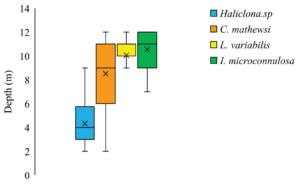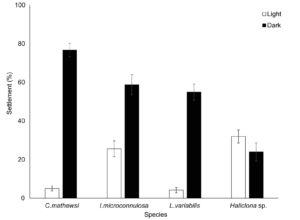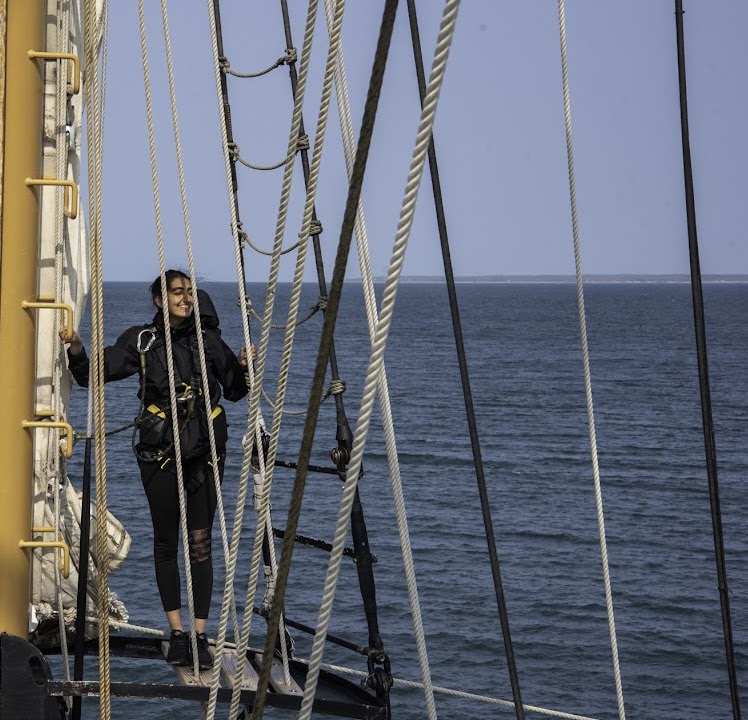Whalan, Steve. “The role of photobehaviour in sponge larval dispersal and settlement.” PloS one 18.7 (2023): e0287989.
Marine larvae when released from their mother’s brood pouch are at the mercy of ocean currents for their dispersal and settlement in new habitats. Sponge larvae undergo metamorphosis, where they transition from being free-swimming larvae to immobile juveniles when they find a suitable substrate to settle on (Figure 1).
How do these tiny sponge larvae navigate the enormous and very dynamic ocean to find a new, suitable habitat when they don’t even have eyes?

Seeing Without Eyes
Sponges do not have eyes in the literal sense, instead they have photoreceptor cells – meaning that they can sense light cues which in turn affect their behavior. Light-sensing, or photoreception, is extremely important for sponge larvae which are not the strongest of swimmers. Photoreception allows them to find the right habitat for them to survive, which could mean either living shallower or deeper in the water column where they can get more or less light respectively.
In this study, the author studied how the light sensing ability of 4 species of shallow and deep-water sponges (Figure 2) affects their dispersal and settlement behaviors.

Dispersal and Settlement
It was found that the shallow water sponge species, Haliclona, had a positive phototactic response (meaning that the larvae moved towards light) towards white, blue and red light. The three deep water species also had a positive phototactic response in younger larvae, but then switched to a negative phototactic response as they got older to white and red light. In these species, the older larvae had a positive phototactic response to blue light.
In the deep water, blue light can be seen in the deep ocean while red light disappears. So it makes sense that the deep water species larvae were averse to white and red light but moved towards blue light as they got older so that they could settle in dark, deep water habitats.
The deep water species preferred to settle in dark, shaded habitats, whereas the shallow water species did not have a preference (Figure 3).

Look Ma, No Eyes!
Even without eyes, sponge larvae are able to navigate their way in the ocean to find a nice home to settle in. This phototactic behavior of sponges and other marine invertebrate larvae is essential to our understanding of marine ecology. Larval dispersal and settlement is largely dependent on environmental cues and with our rapidly changing oceans it is now especially important to understand how species establish their populations and survive.

I am a PhD student at the University of Chicago and the Marine Biological Lab, currently studying germline development and regeneration in the amphipod crustacean, Parhyale hawaiensis. I did my undergraduate degree in India and did my Masters in Oceanography at the University of Massachusetts (during which I participated in multiple month-long research cruises out in the Pacific and Atlantic Ocean!). I am broadly interested in integrating ecology with developmental biology in marine organisms and I hope to comprehend the fundamental interconnectedness of the mysteries that swim in the Earth’s oceans. I am also an illustrator and a PADI certified diver.

